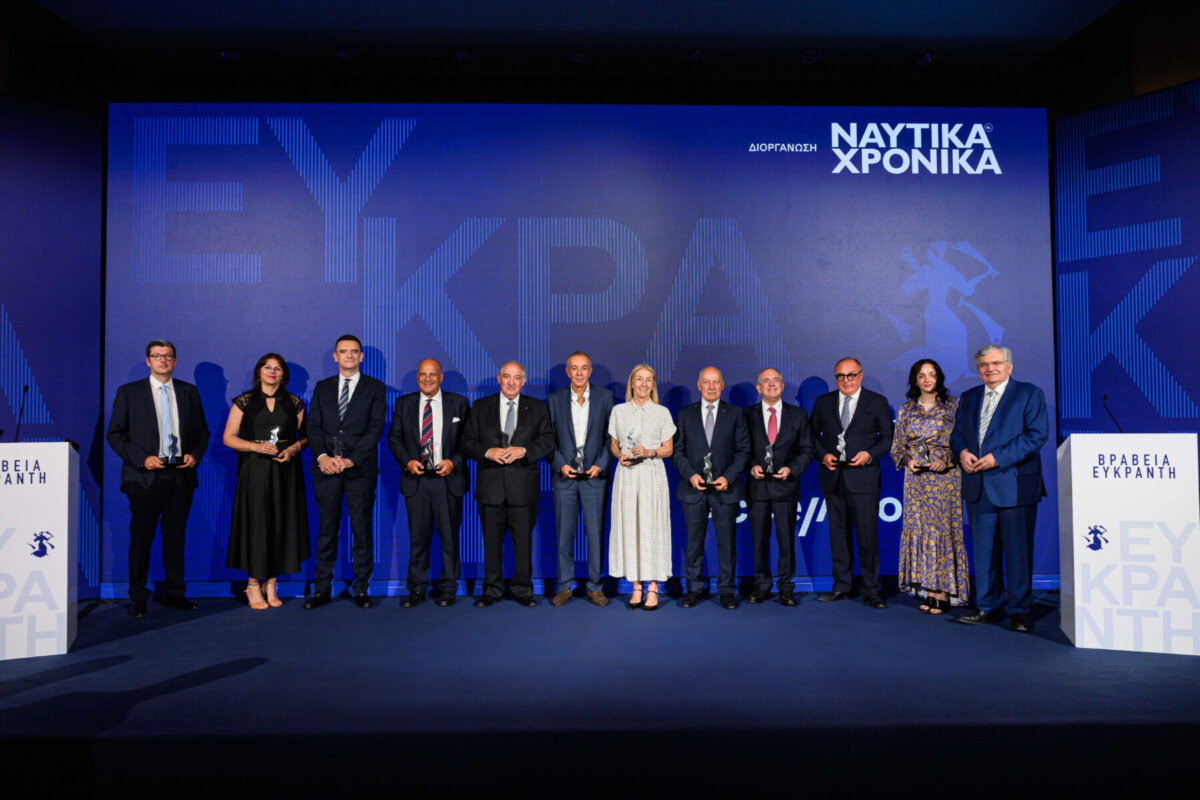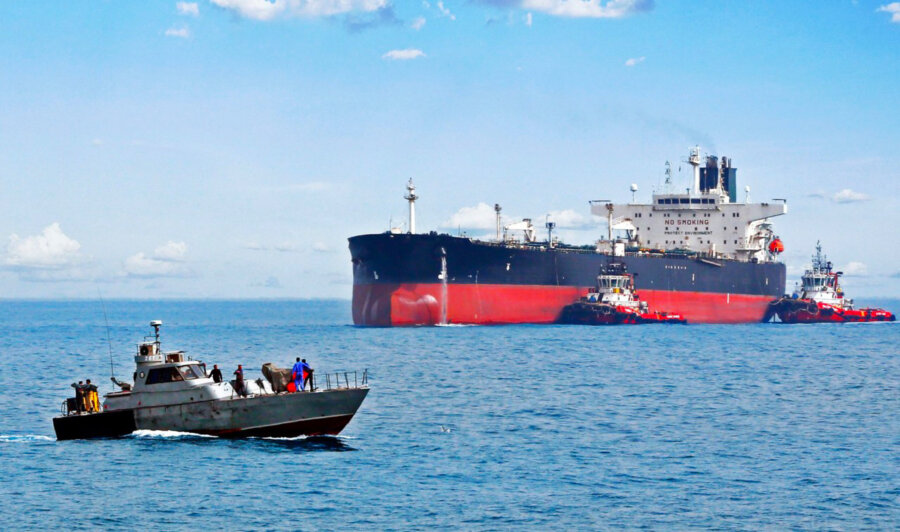
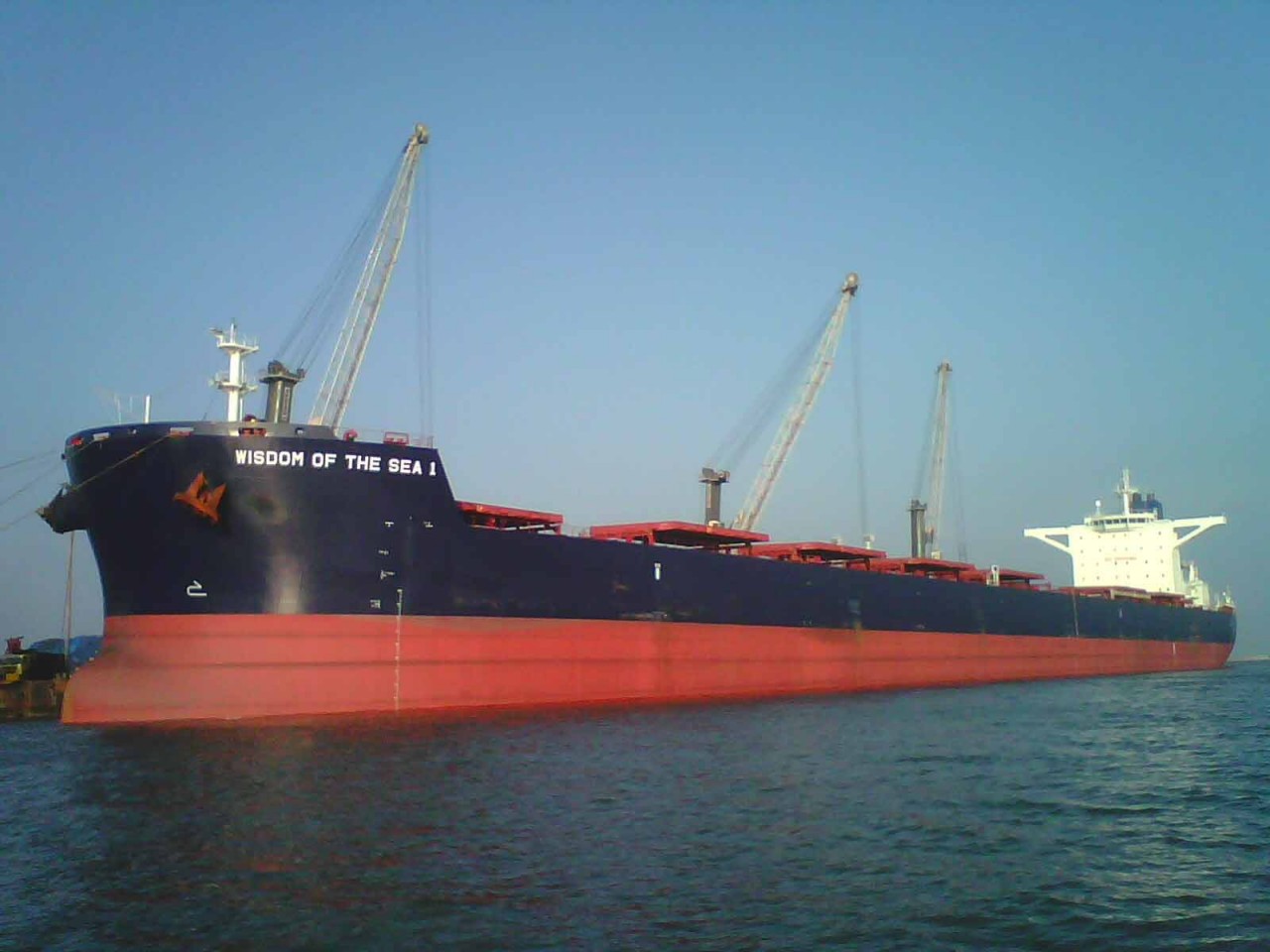
Seagull steps up to High Voltage demands
Maritime training specialist Seagull has plugged a growing gap in shipboard expertise by launching new CBT titles targeted at High Voltage electrical systems operation and maintenance. The wider adoption of electrical propulsion variable speed drives and cold ironing have combined to make shipboard higher voltage systems (above 1,000V) increasingly commonplace in the maritime industry.
Two new Seagull courses, CBT#0232 and CBT#0233, address revisions to the International Convention on Standards of Training, Certification and Watchkeeping for Seafarers (STCW 2010) on electrical system management which are now force. They cover theoretical knowledge of HV systems, practical skills and safety awareness.
“Marine engineers have received electrical systems training but, because they do not use that knowledge day in day out, it can easily be lost or become out of date,” said Roger Ringstad, Seagull Managing Director. Many engineers will soon be sailing with HV systems for the first time so even routine knowledge on the way HV systems should be started and shut down may be lacking.”
The revised STCW requires seafarers working with, or around, HV systems are trained.
While this only fully comes into force on the January 1, 2017, it has applied to the revalidation of Engineering Certificates of Competency (CoC) since 1 January 2012.
To avoid problems when revalidating certificates or having revalidated certificates bearing an endorsement forbidding their use on a ship with High Voltage equipment Engineer Officers will need to show that they have completed HV training. Applicants for the new STCW rank of Electro-technical Officer (STCW III/6) will also have to show they have HV training.
ΝΧ
Συντακτική ομάδα Ναυτικών Χρονικών

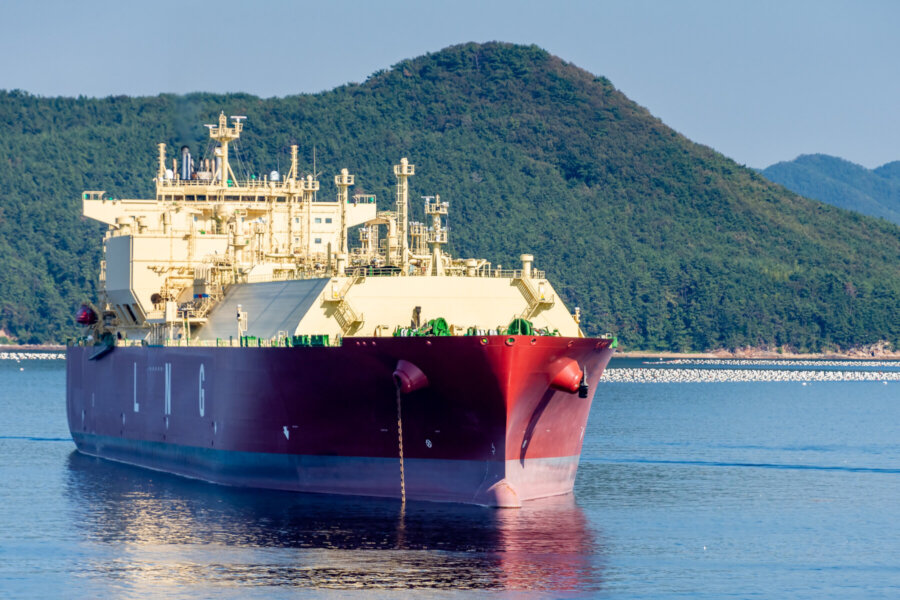
Σταθερά νωχελική η ναυλαγορά των LNG carriers
Σε χαμηλά επίπεδα εξακολουθούν να κυμαίνονται οι ναύλοι των LNG carriers, με την προηγούμενη εβδομάδα να ολοκληρώνεται με τάσεις σταθερότητας. Ειδικότερα, βάσει πρόσφατης έκθεσης…
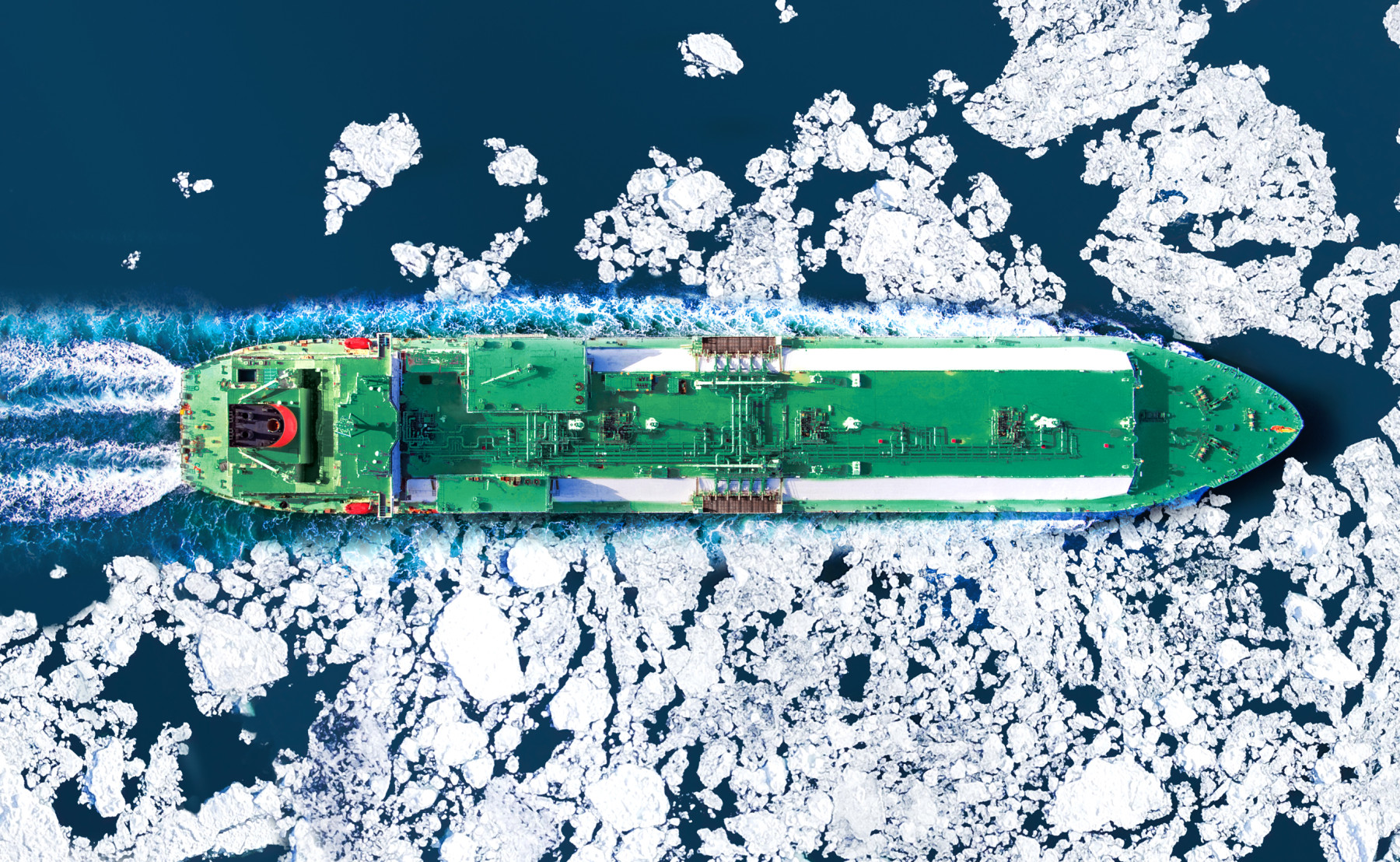
Εκ νέου απόπειρα της Ρωσίας για επανεκκίνηση των εξαγωγών από το Arctic LNG 2
Καθώς οι δυτικές κυρώσεις έχουν παραλύσει τις εξαγωγές ρωσικού LNG από το έργο «Arctic LNG 2», η Μόσχα επιχειρεί μια νέα προσπάθεια επανεκκίνησης των εξαγωγικών…

Τα κύματα καύσωνα, απειλή για το ΑΕΠ της Ευρώπης
Τα κύματα καύσωνα, που πλήττουν την Ευρώπη, μπορεί να επιβραδύνουν την οικονομική ανάπτυξη στη Γηραιά Ήπειρο κατά μισή ποσοστιαία μονάδα, σύμφωνα με έκθεση της…
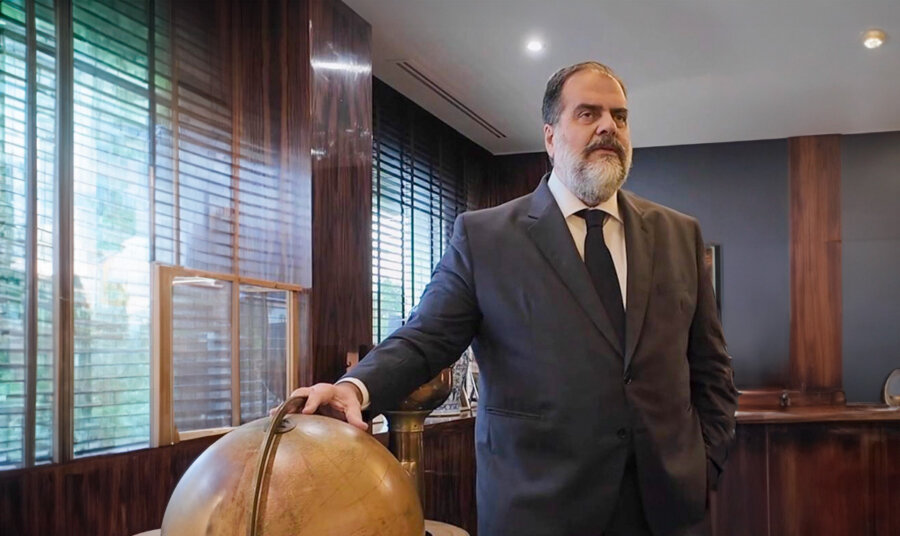
Νικόλας Δ. Πατέρας: Όραμα, όνειρο και καλοί συνεργάτες είναι τα εχέγγυα επιτυχίας για κάθε εταιρεία και οργανισμό
Συνέντευξη του Νικόλα Δ. Πατέρα, Προέδρου και CEO της Contships Management Inc.
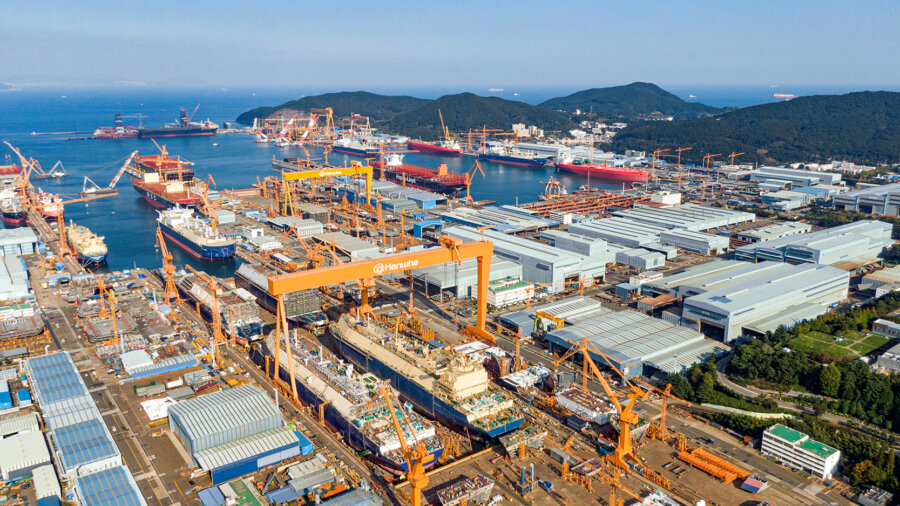
Ψήγματα ελπίδας για το αμερικανικό νηολόγιο με νοτιοκορεατική ώθηση
Στις 27 Ιουνίου, η ναυτιλιακή εταιρεία Hanwha Shipping, θυγατρική του νοτιοκορεατικού ομίλου Hanwha, προχώρησε σε μια σημαντική ανακοίνωση, που σηματοδοτεί την επέκταση της παρουσίας…
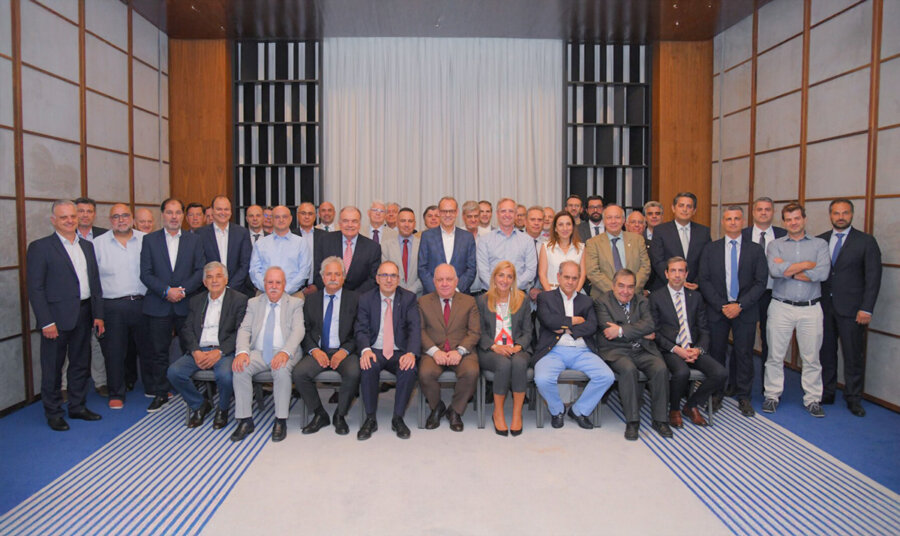
Όσα συζητήθηκαν στην 38η Συνάντηση της Ελληνικής Ναυτιλιακής Τεχνικής Επιτροπής του BV
Η Bureau Veritas Marine & Offshore (BV) πραγματοποίησε με επιτυχία την 38η συνάντηση της Ελληνικής Ναυτιλιακής Τεχνικής Επιτροπής στην Αθήνα στις 24 Ιουνίου, επιβεβαιώνοντας…
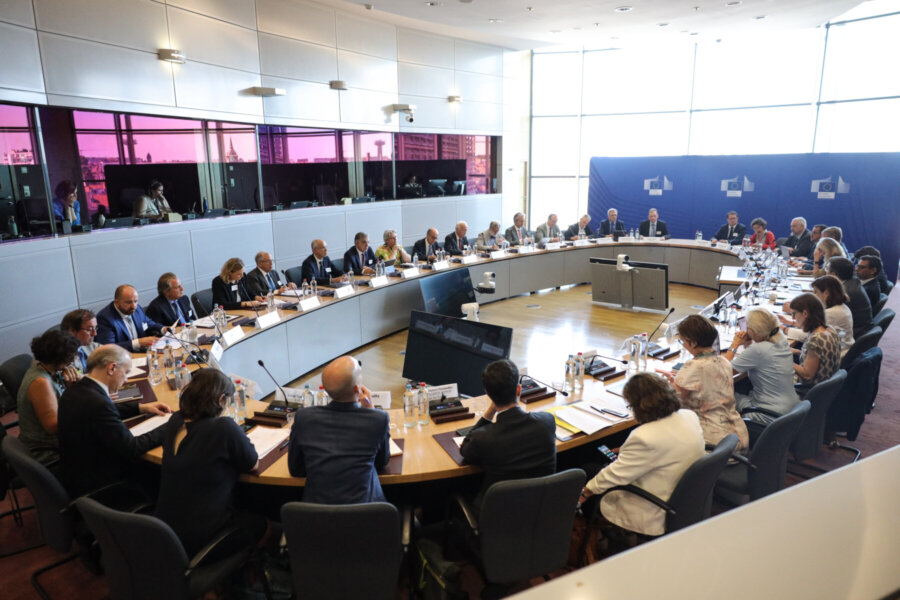
Συμμετοχή του ESN στο διάλογο για τη ναυτιλιακή βιομηχανική στρατηγική της ΕΕ της Επιτροπής Μεταφορών και Τουρισμού
Το European Shortsea Network, εκπροσωπούμενο από τον Πρόεδρο Χαράλαμπο Σημαντώνη, συμμετείχε στον Στρατηγικό Διάλογο υψηλού επιπέδου για τη Ναυτιλιακή Βιομηχανική Στρατηγική της ΕΕ (strategic…

Ιράν, OPEC+ και δασμοί οδηγούν σε πτώση το πετρέλαιο
Πτώση καταγράφουν οι διεθνείς τιμές του πετρελαίου, την Παρασκευή 4 Ιουλίου, στον απόηχο της δέσμευσης του Ιράν ότι θα τηρήσει τη Συνθήκη Μη Διάδοσης…
